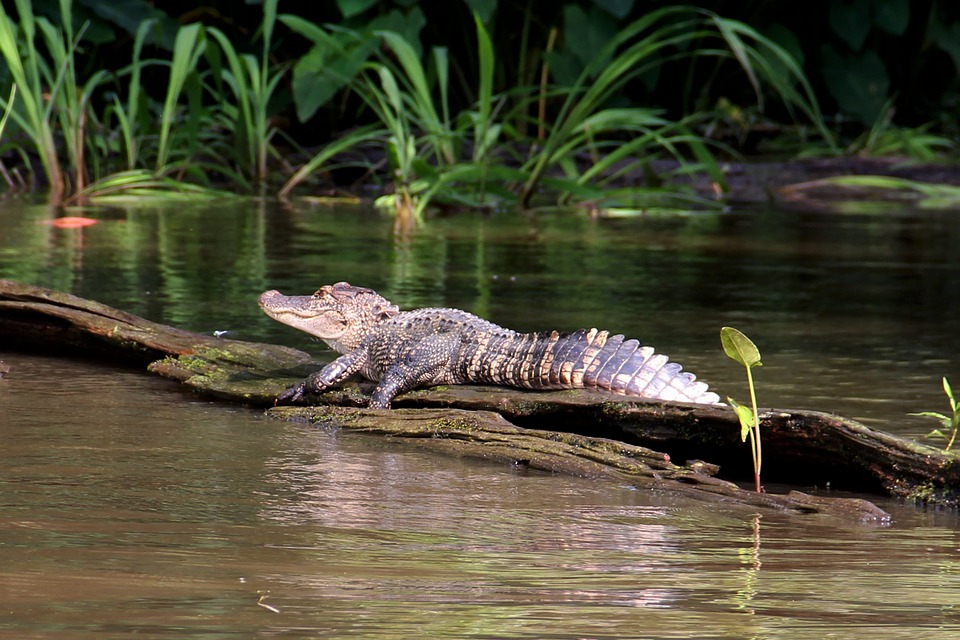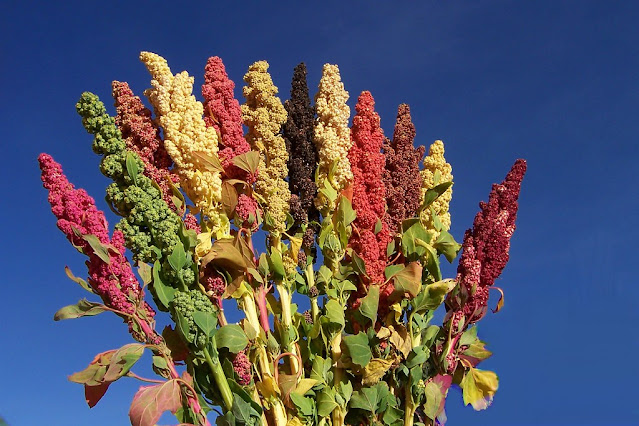Crocodiles
Current Distribution of Crocodylus porosus
IUCN Crocodile Specialist group
Interview conducted by Malini Shankar for Digital Discourse Foundation.
Pictures: Pixabay. Research and interview by Malini Shankar
IUCN Crocodile Specialist group
Interview with Indian Forest Service Officer Sujoy Bannerji, Uttar Pradesh Forest Department
1.
What are the different species of crocodiles found in India?
Crocodile species are found both in fresh as
well as salt water. The fresh water species include the Marsh Crocodile
(Crocodylus palustris) found commonly in rivers and water bodies across India
and the critically endangered Gharials (Gavialis gangeticus). The Estuarine or
Salt Water Crocodile (Crocodylus porosus) is found along the eastern coast of
India as well as in the Andaman and Nicobar islands.
2.
What are the different habitats necessary for the species of
crocodiles in India / subcontinent?
Crocodiles are found in the rivers and water
bodies. They need sandy banks for laying eggs as well as for basking in the
winters.
3.
Why are Gharials not found in South India / South of the Vindhyas?
What could be the geomorphological reasons? Are Gharials found in the Indus
River system in Pakistan too?
Gharials were once found in the Godavari river
but became extinct in the 1960s. they were also found in all the major rivers
of northern India, including the Indus River system. Gharials did not thrive in
southern India as most of the rivers are not perennial as compared to the
glacial fed rivers of North India.
4.
What are the threats to the crocodile habitats in the
subcontinent?
The major threat to crocodile habitats is sand
mining and human habitation and development on flood plains of rivers and
reservoirs which eventually disturbs or encroaches upon their habitat. Gharials,
with a long snout, are prone to get entangled in the fishing nets of fisherman.
Either they drown, if submerged underwater due to getting caught in the net for
a period of about 45 minutes to an hour. Otherwise, the fishermen break their
snouts to free them from the nets while keeping their fishing nets intact. Such
gharials eventually die a slow, painful death.
A small threat can be attributed to hunting of
crocodiles for their skins which are used to make fancy leather items.
5.
What are the reasons for HCC in India?
Though attacks by crocodiles are relatively
uncommon, they mostly take place when humans get too close to their nests,
which the females guard fiercely. The crocodiles lay eggs by digging a pit with
their hind legs and then covering back the pits with the dug out mud. The other
reason for HCC is due to floods which often transports crocodiles into human
habitations.
6.
Please give anecdotal perspective of anthropogenic conflict in
crocodile conservation... hand fishing, sand mining etc...
One of largest surviving wild population of the
gharials are in the Chambal river which is very prone to illegal sand mining.
Gharials prefer a thick sand bed in an undisturbed area. Therefore, if illegal
mining can be stopped, then there will be more nesting by the gharials which
will eventually ameliorate the gharial population in the river. This is very
much possible and has been done in the past (pl see news report). https://blogs.scientificamerican.com/extinction-countdown/endangered-gharial-crocodiles-record-hatchings/
7.
Would appreciate if you can picturise for us some scenarios or
consequences of climate change on crocodiles. (on gender ratios, habitat
destruction, increase in HCC, floods and habitat destruction, displacement of
crocodiles and invasion of human landscapes etc)
I am not sure if any study has been conducted on
the impact of climate change on crocodiles. The only impact would be scanty
rain patterns which result in depletion of water in the river, or very early flooding
which sweeps away the gharial hatchlings.
As far as sex of the hatchlings is concerned, it
is determined by the temperature. Higher temperatures will result in production
of males while colder temperature will result in production of hatching of females.
While nesting, the eggs on the top part of the pit, where egg laying takes
place, result in male hatchlings due to higher temperature near the surface.
Female hatchlings are produced in the bottom part.
8.
What are the strengths of conservation laws with regard to
crocodiles in India? The ANI anecdote about refusal to degrade conservation
status of laws for problem crocodiles in ANI will be particularly
relevant.
All three crocodile species found in India are
listed under Schedule - I of the Wildlife (Protection) Act, 1972, which means
they have been granted highest protection status in the country equivalent to
that of the Indian Tiger, Asiatic Elephant, Indian Rhino etc.
In 2018, the Government of Andaman and Nicobar
sent a proposal to the Central Government to downgrade the protection status of
the Estuarine Crocodile owing to its rising numbers and HCC. However, this has
not been accepted so far to the best of my knowledge.
9.
Explain lack of political will for crocodile conservation in
India.
Cannot comment on this one, either for, or
against.
10.
Which are the HCC hotspots in India? What are the main triggers?
Sporadic cases of HCC are reported where Marsh
Crocodile and Estuarine Crocodile populations exist. In general, more cases of
Estuarine Crocodile attacks are reported due to large number of people going
for shrimp collection in shallow waters. The main cause is depletion of larger
fish stock in water bodies owing to which, crocodiles attack livestock or
humans which often results in death. The other reason of crocodile attacks in
nest protection by females.
11.
What is the difference between crocodile farming and crocodile
banks? Why is it unethical or bad practice? Which are the crocodile banks in
India? What are the legal loopholes that allow for this? What are the legal
remedies?
A crocodile farm is made for commercial use of
crocodiles (skins and other derivatives) whereas a crocodile bank is for
preserving the genetic diversity as well as for ex-situ conservation of
crocodiles for release in water bodies. Indian laws do not permit crocodile
farming. Crocodile banks are run for scientific purposes under permission from
designated authority (Chief Wildlife Wardens) under the provisions of the
Wildlife (Protection) Act, 1972.
12.
Which are the countries that encourage trade in crocodile
derivatives? What is the cure / solution?
Crocodile (and alligator) derivatives are sold
in a number of countries across the globe and there is great demand for
products made out of crocodile/alligator skins and other derivatives. The
solution lies only on the hope that people will eventually realize and stop
using products made out of crocodile derivatives.
13.
Is there poaching of crocodiles in India? What are the loopholes
that facilitate / augment or turn a blind eye to poaching?
Commercial poaching of crocodiles in relatively
very less in India.
14.
What are the manifestations / consequences of infighting in
crocodiles?
Crocodiles are territorial animals and
infighting takes place occasionally which results in death of crocodiles in
some cases.
Pictures: Pixabay. Research and interview by Malini Shankar













































































Αmazing photographs and very useful information on these marvels of nature. Sad that climate change and poaching are causing havoc to their ecosystem
ReplyDeleteIndeed reptiles will be most affected by Climate Change.... change in ambient temperatures can alter the gender ratio of reptiles, leaving their source population skewed for the future generations. This can have deleterious impact of the food chain, genetic resilience to disease and their very population itself./ alas how callous Homo sapiens is in adapting nature to suit their needs!
Delete